Sign up for workout ideas, training advice, reviews of the latest gear and more.

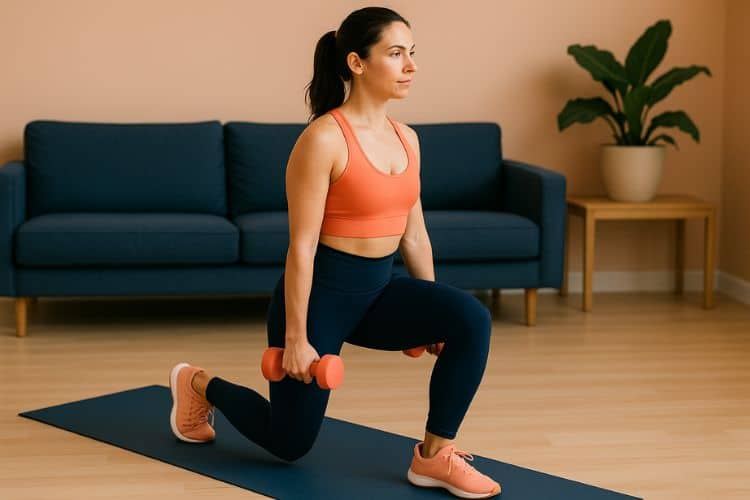
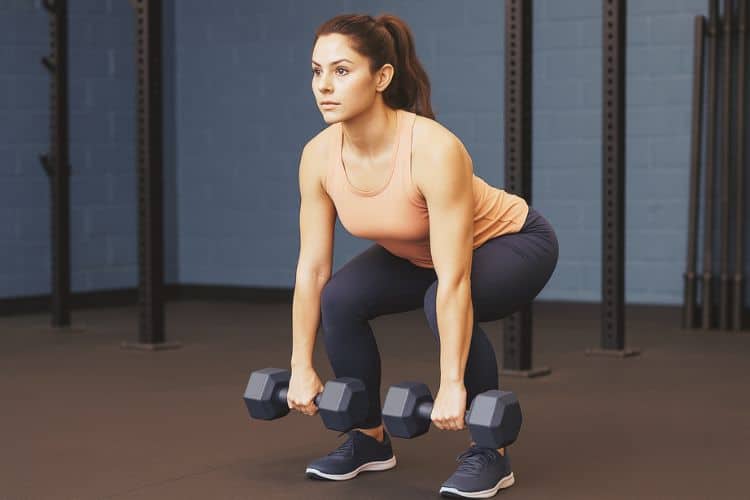
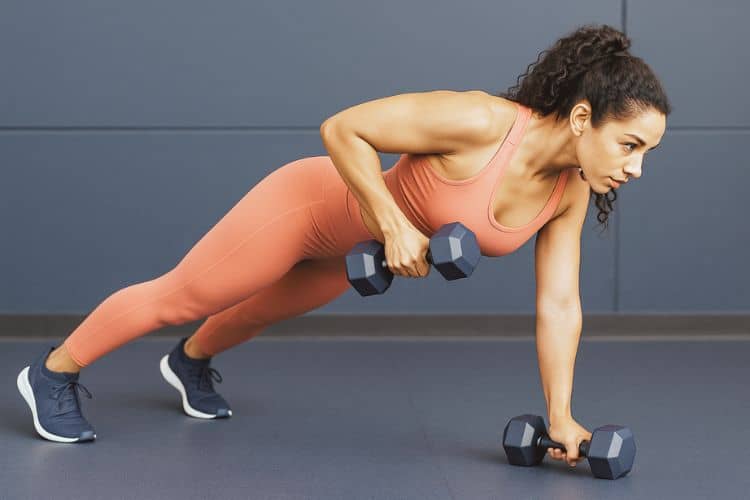
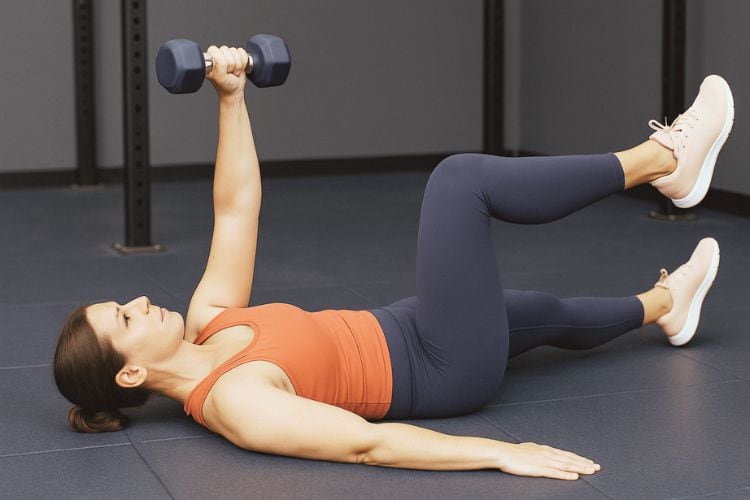
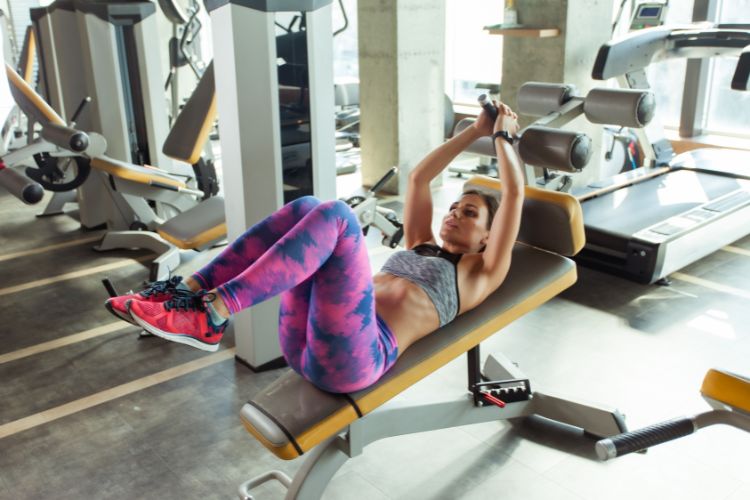
Looking to take your lower ab training to the next level? Incline bench reverse crunch workouts are one of the most effective exercises to target your lower abdominal muscles with precision and intensity. Whether you’re aiming to enhance your core strength, sculpt your midsection, or improve your overall functional fitness, this workout delivers serious results. In this comprehensive guide, we’ll explore how to properly perform incline bench reverse crunches, their key benefits, common variations, and how to incorporate them into your training routine for optimal gains.
The incline bench reverse crunch is a core-strengthening movement that focuses on the lower region of your rectus abdominis — the muscle responsible for that six-pack look. Unlike traditional crunches that emphasize the upper abs, reverse crunches work from the bottom up, pulling the pelvis toward the chest. By performing this move on an incline bench, you add resistance and gravity, increasing the challenge and effectiveness.
An incline bench changes the angle of movement, engaging your core muscles more deeply and requiring greater stabilization. This makes the incline reverse crunch a perfect upgrade from flat-surface reverse crunches, especially for those seeking greater core definition or athletic performance.
Understanding the muscle activation helps you perform the exercise more intentionally. Here’s a breakdown of the primary muscles engaged during incline bench reverse crunch workouts:
Performing reverse crunches on an incline bench comes with unique benefits that go beyond just aesthetic appeal.
The incline position requires your abs to work harder against gravity, leading to deeper activation of the lower rectus abdominis. This makes it more effective than flat reverse crunches.
Unlike standard crunches that place tension on the neck and spine, reverse crunches shift the movement to the hips, making it safer for those with neck or upper back issues.
Stronger core muscles improve posture, balance, and performance in compound lifts like squats and deadlifts. The incline version enhances this by adding resistance.
The upward tilt helps train the pelvis to move with control, improving hip mobility and reducing the risk of lower back injury.
Incline bench reverse crunches can be easily progressed by increasing the incline, adding resistance, or extending time under tension.
This turns the movement into a leg exercise rather than an ab-focused one. Use controlled motion driven by the abs.
If you’re only lifting your knees and not tilting your pelvis upward, you’re missing the point of the reverse crunch.
Holding the bench is for support, not for pulling your body. Let your core do the work.
Going too fast increases the risk of using momentum and reduces time under tension — both of which compromise results.
Want to mix things up? Here are effective variations that add challenge and diversity:
Hold a dumbbell between your feet or wear ankle weights to increase resistance.
Add small, rapid pulses at the top of the crunch before lowering back down to intensify the burn.
As you lift, twist your hips slightly to the left or right to engage the obliques more.
Increase time under tension by slowing the movement down to 3 seconds up, 3 seconds down.
Here’s how you can include this exercise in your weekly ab routine for maximum impact:
Day 1 – Core Focus:
2 – Full Body + Core Finisher:
3 – Lower Body Day Finisher:
To get the most out of your incline bench reverse crunches:
Really concentrate on contracting your lower abs during each rep.
You won’t see those abs if they’re covered in a layer of fat. Pair with a fat-loss diet for visible results.
Abs need recovery like any other muscle. Two to three times a week is sufficient.
Gradually increase reps, sets, or resistance to continue progressing.
Yes, they offer increased resistance due to the inclined angle, leading to greater core activation and challenge.
While core muscles recover faster than other muscle groups, training abs every day isn’t necessary. 3 times a week is ideal.
They strengthen and tone the core but don’t directly burn fat. Fat loss comes from a calorie deficit through diet and cardio.
Start with a 30-degree incline and progress to 45 degrees or higher as you build strength.
Incline bench reverse crunch workouts are a powerful way to intensify your core training and sculpt your lower abs. Their ability to isolate the lower abdominal muscles while reducing strain on the neck and spine makes them a standout choice for anyone serious about core development. Add in their versatility and the ability to progress, and you’ve got a staple movement that can benefit everyone from athletes to fitness enthusiasts.
Whether you’re aiming for a chiseled six-pack or just better stability and posture, mastering the incline reverse crunch is a step in the right direction. Just remember — form, consistency, and smart programming are the keys to long-term success.
Stay up to date on the latest women’s health, fitness and lifestyle trends and tips.